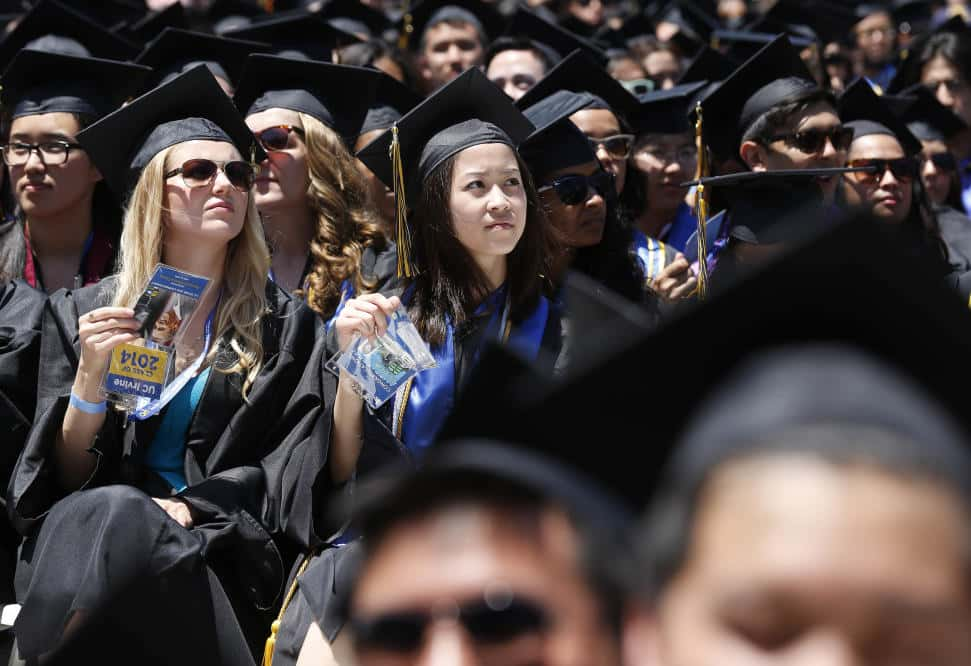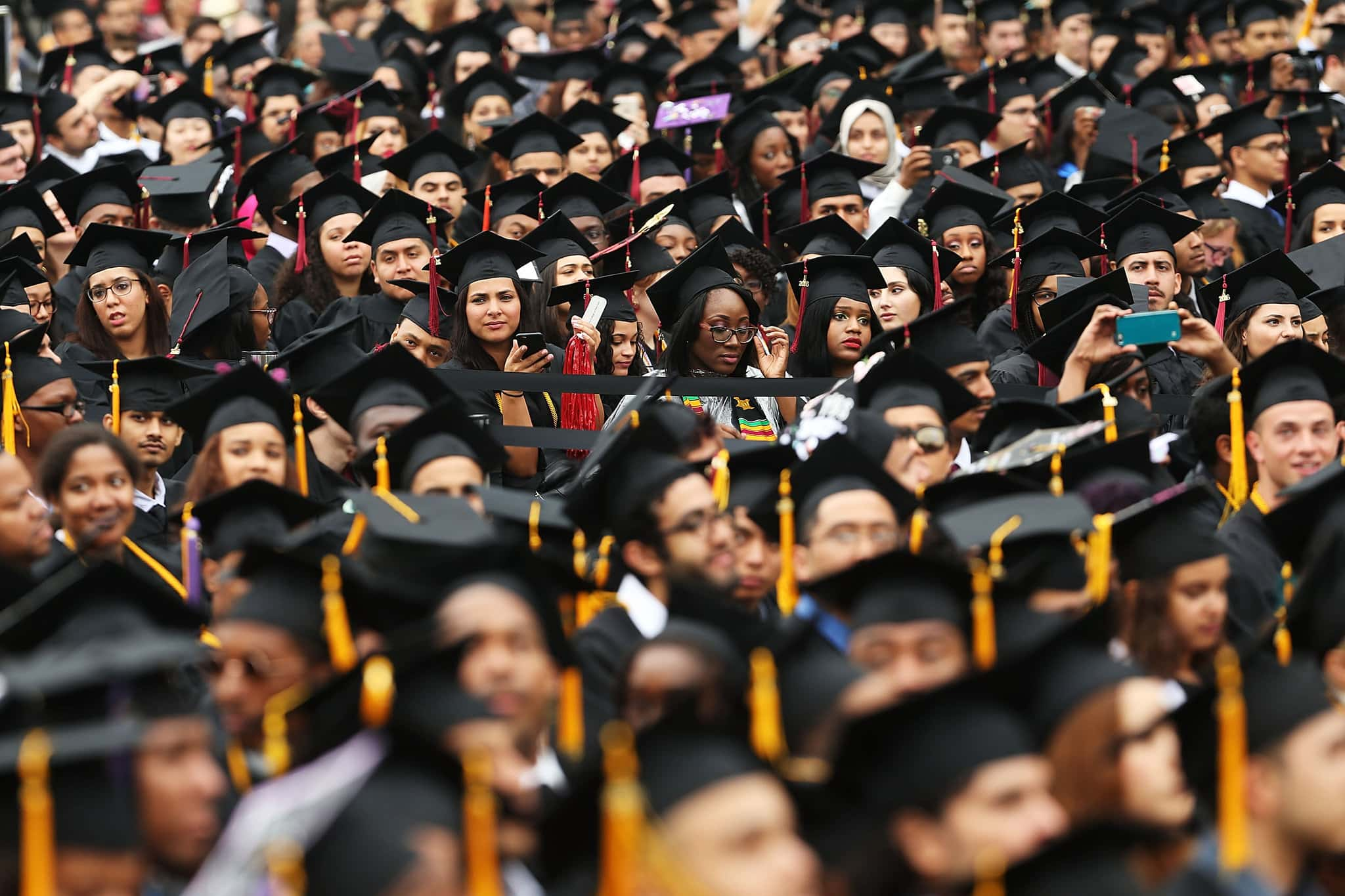This marks the highest interest rate on new federal loans since the 2009-10 school year during the Great Recession.

Interest rates on new federal undergraduate student loans are set to increase to 5.5% for the upcoming school year
The rise in rates is a result of the Federal Reserve‘s efforts to combat inflation through interest rate hikes over the past year. In comparison, federal undergraduate loans had an interest rate of 2.75% three years ago, indicating a close to 14% increase for the coming year.
Graduate loans and Parent PLUS loans will also see a half percentage point increase, rising to 7.05% and 8.05%, respectively. However, these changes only affect loans taken out from July 1, 2023, through June 2024. Existing student loan borrowers will not be affected by the new rates, as their interest rates remain fixed for the life of the loan unless they refinance with a private lender. Private loans are also not subject to these changes.
The increase in interest rates will lead to higher payments for millions of student loan borrowers, potentially resulting in thousands of dollars in additional interest payments over the life of the loan
Currently, around 44 million people owe a total of over $1.6 trillion in federal student loans. This surge in rates comes at a critical time as older borrowers are set to resume payments, and interest begins to compound on federal loans once again after a pause due to the COVID-19 pandemic.
Economists have raised concerns about a potential “student loan cliff” when payments resume, particularly for cash-strapped households already grappling with inflation. Research indicates that many households with federal student loan balances accumulated additional debt, such as mortgages and higher credit card balances, during the payment pause. This situation, combined with rising delinquency rates for other consumer debts, could exacerbate financial difficulties for borrowers.
While there is a possibility that the Biden administration may extend the payment pause, experts suggest it is unlikely. Currently, the payment moratorium is set to end 60 days after the U.S. Supreme Court reaches a decision on President Biden’s student loan forgiveness plan, or by September, whichever comes first. Biden’s plan aims to forgive federal student loans for most borrowers, up to $20,000.




